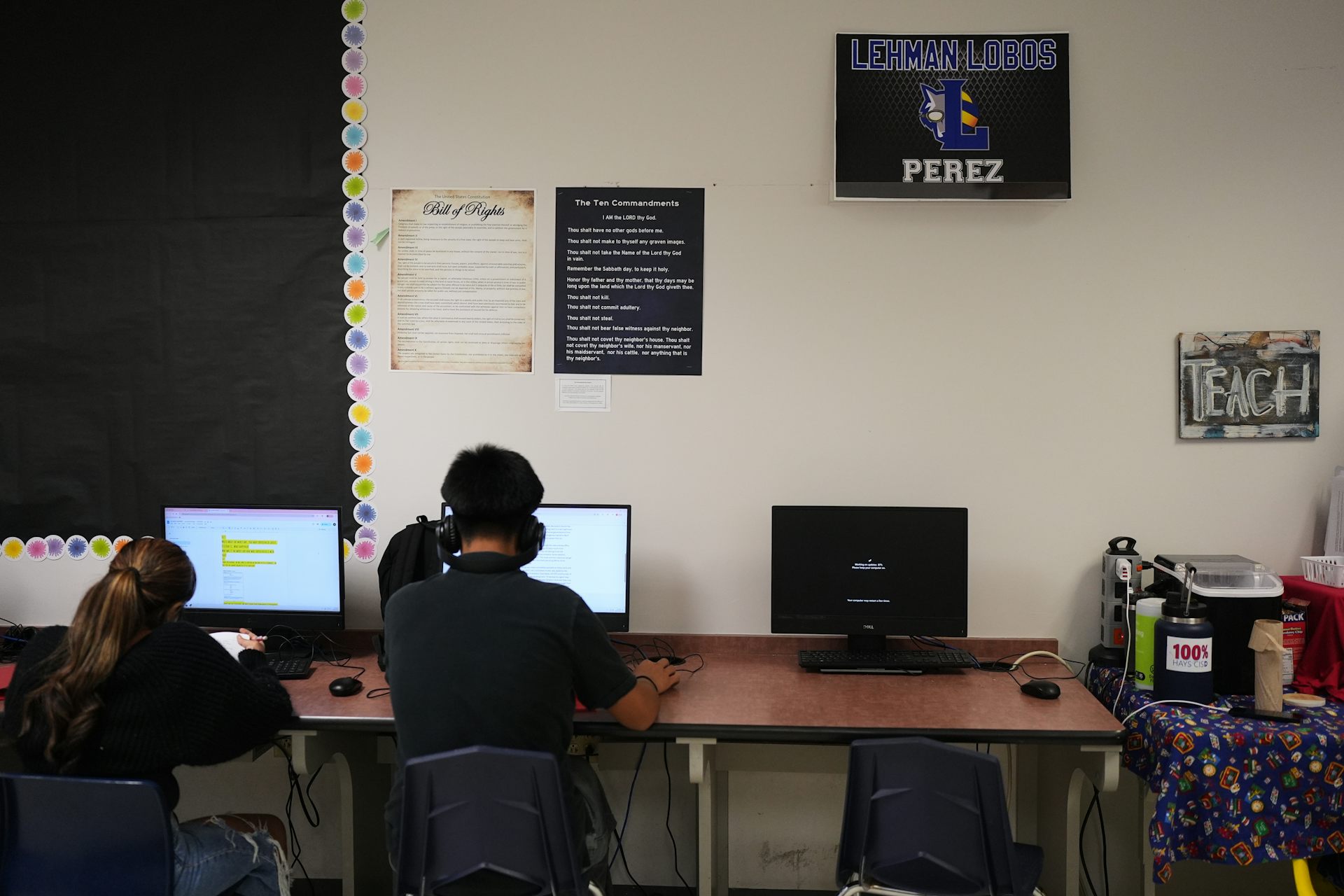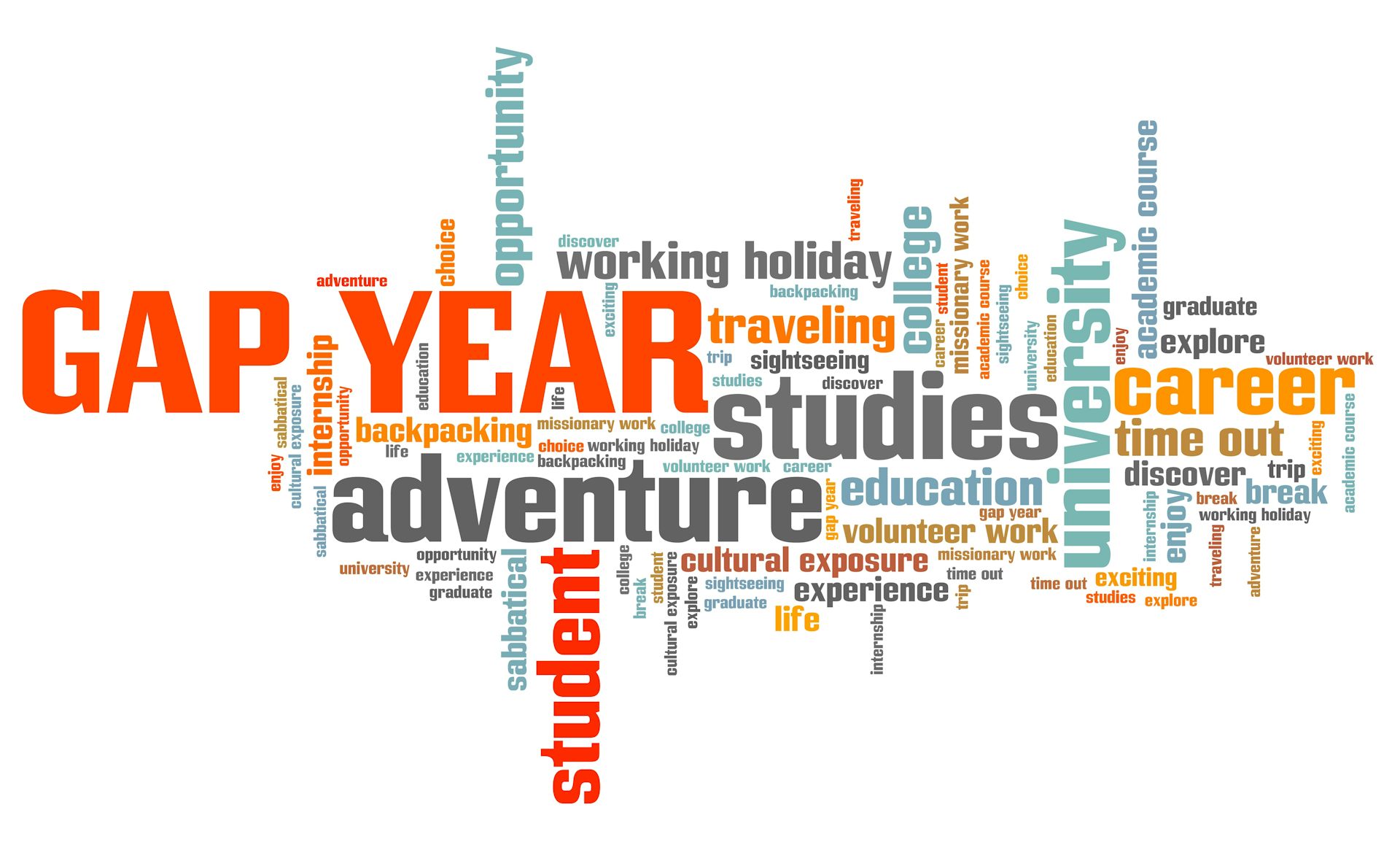Want a job? It's still about education.
As technology and the labor market rapidly evolve, so too does the value of a high school diploma. Despite the changes, one thing remains true: Education is still the cornerstone of career success.

During the 20th century, there was nothing that could help you achieve labor market success more than a good education. Even today, education is one of the strongest predictors of whether someone is employed and how much he or she is paid.
Yet, the rules have changed. A high school diploma in 1950 (and maybe into the 1980s) could get you a solid, middle-class job. But a diploma today is a minimum requirement to get nearly any job – and, for most, it’s not enough to get you into the middle class.
As a scholar of education policy, and of career and technical education in particular, I have seen incredible changes in technology and the workforce. And, while degree requirements have changed, education continues to be the cornerstone of job preparation and success.

A changing workforce
So what’s changed? The shift in the economic value of education has largely been driven by increased demands for technical knowledge and skill. These demands come from the evolution of technologies and trends in the offshoring of routine, middle-skill jobs. In short, the middle-class jobs that remain simply require more expertise, which usually comes from more education.
The result has been a growing gulf between high- and low-wage earners. Indeed, the gap between those with only a high school diploma or GED and those with more education is at an all-time high. And there’s no reason to expect this trend to reverse itself.
What’s more, there’s been considerable debate about the existence of a skill gap in the workforce: a suggestion that young people today simply don’t have the skills demanded by employers. Indeed, there are high levels of underemployment among younger workers in the U.S., which could suggest that employers are dissatisfied with what young applicants have to offer.
Where once employers might have offered on-the-job training, this appears to be in decline. It may be that the skill set required now is more technical and more appropriately handled by formal education programs, or it may be the demand for profit margins have diminished employer appetite for funding such programs. Whatever the cause, young applicants are expected to have certain skills already acquired before they will be hired.
What does a normal high school degree get you?
Most young people entering the workforce bring with them the skills they acquired in school. What they can expect to achieve depends a great deal on their highest level of education, and the skills that employers expect come with it.
Earning a high school diploma is more or less required in the current job market, but the average wages of those with a high school degree or less are dropping, and the number of attainable jobs for those with a high school diploma or less has been in long-term decline.
While it may be easier to get a job with only a high school education in some states than in others, this is no longer the norm in most places.
What does technical education get you?
Technical education in high school is one area where job placement may be more of a bright spot. Research shows that the work-based learning and technical skills acquired in such programs lead to better employment outcomes and that the odds of being employed right out of high school are also higher.
There’s even some evidence that participation in career and technical education programs in high school can ease the transition to college, especially two-year colleges.
Though initial employment outcomes may be better for those with technical education in high school, there’s concern among some that over the long term these students may not be better off than their nontechnical peers. Specifically, though studies have been limited in scope, researchers have found that the lack of a college degree and the reliance on specific skills (that may go out of date) could reduce lifetime earnings.

What does a college degree get you?
Job placement, employment and pay remain highest for those with a bachelor’s degree or higher, with larger and growing returns to master’s degrees. Yet, despite the good track record, more recent evidence suggests that wage benefits for college degrees are smaller than in the past.
These lessening benefits of a college degree – along with rising levels of student loan debt – have encouraged a push for more career-aligned college education that prepares graduates for well-paying and available jobs.
Where we go from here
The labor movement of the late 19th through mid-20th centuries brought sharp increases in unionization in a nation whose economy was largely driven by manufacturing and production. As the 20th century waned, the high-tech, information-driven economy required skills beyond what was typically acquired in high school.
Educational models have been changing to meet these demands.
High schools have added technical education programs that mirror growing demand for health care, IT and advanced manufacturing, while community colleges have modified and grown their programming to offer certificates and associates degrees that better align with the changing demands for labor and technical skill.
The challenge in the decades ahead will continue to be how best to help young people acquire the skills necessary to earn a living wage – both initially and across their lifetimes. I believe this will require educational programs that respond to the changing economic landscape, as well as innovative worker retraining programs for those displaced by technological advances and the continued loss of jobs overseas.
What will not change is the central role of education in helping Americans succeed.
Shaun M. Dougherty receives funding from the Institute for Education Sciences, the Smith Richardson Foundation, the Laura and John Arnold Foundation to conduct research related to career and technical educaiton.
Read These Next
3 states are challenging precedent against posting the Ten Commandments in public schools – cases th
New laws mandating the Ten Commandments’ display in schools have faced lawsuits in Texas, Louisiana…
Hope and hardship have driven Syrian refugee returns – but many head back to destroyed homes, land d
A quarter of the 6 million Syrians who fled the country during the decadelong civil war have returned…
Google’s proposed data center in orbit will face issues with space debris in an already crowded orbi
Google’s Project Suncatcher would need sophisticated collision avoidance capabilities to navigate…






